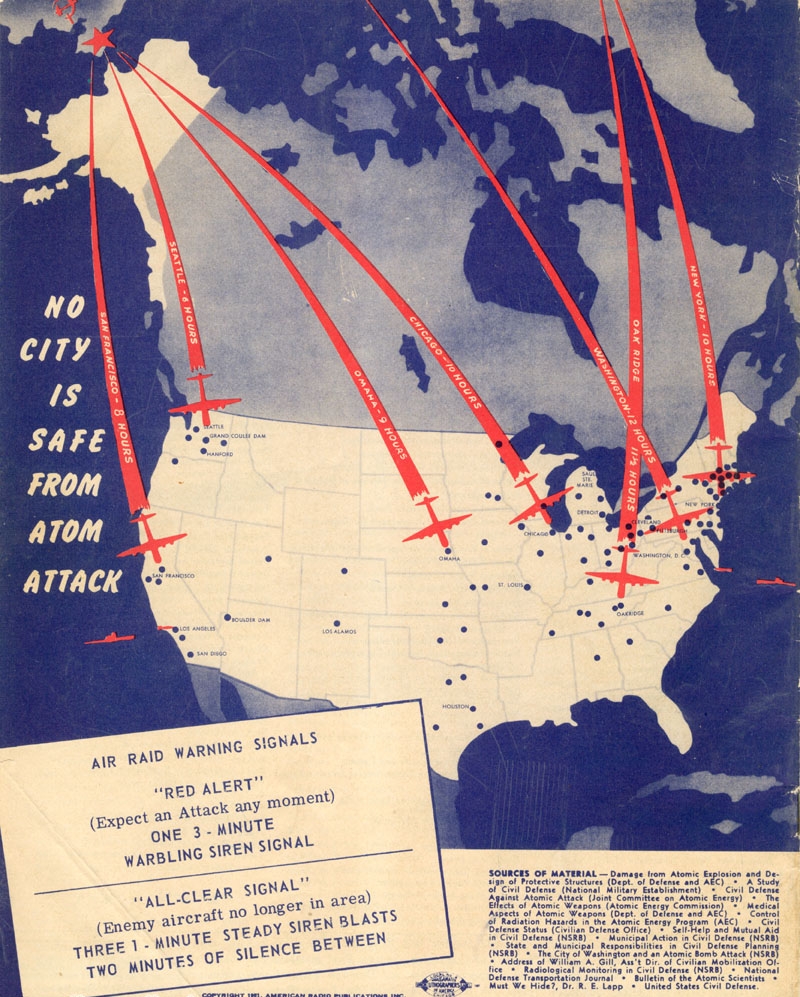We hear time and time again from many different sources that it is important to "pack a kit", "put together some supplies", "make a go bag", but what does this mean? It may seem to be a daunting task, but it really doesn't have to be. Many think packing a kit means to go and buy the biggest duffel bag at the store, and stuff it full of emergency equipment and put it in the basement.
If you are able to pack a kit all at once, that's great. Many folks however, don't have the time or resources to make a kit all at once. What we recommend is either 1)Researching kits that meet your needs and buying a pre-made emergency kit, or 2) Take the piecemeal approach. This means buying one or two extra items each time you go to the store, and when ordering from your favorite online retailer order one or two extra items that you can fit in your kit. The piecemeal approach allows you to really consider what you want in your kit and why. It also allows you to gauge the size and weight of your kit, and its main Philosophy Of Use. These are all important considerations when deciding what should go in your kit and how it will be organized. Of course, if you want to go the pre-made emergency kit route, World Aware can help with that. If you decide to go piecemeal, we can help with some of the items you need or provide guidance for what you should include in the kit for your home, car or place of work.






